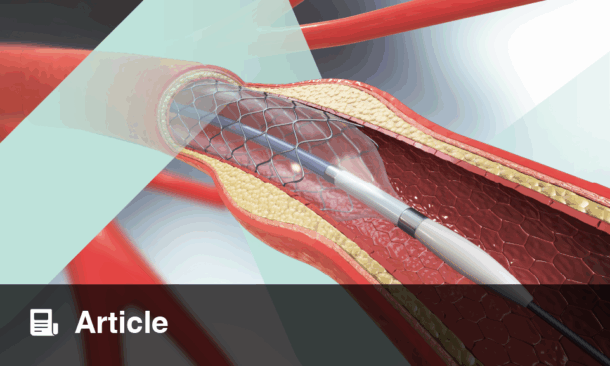Catheter-based renal denervation is a technique which aims to denervate the renal sympathetic nerves through the lumen of the renal artery to reduce systemic blood pressure. Recent preclinical data have suggested that the efficacy of denervation may be improved by performing renal denervation in distal renal arterial branches where the mean distance from renal artery lumen to nerve is smallest with a predominance of efferent nerve fibres. Although damage to the renal sympathetic nerves is desirable through this approach, the safety of applying radiofrequency energy to the vascular lumen as well as the surrounding anatomical structures needs to be thoroughly assessed.
At EuroPCR 2016 we presented the results of a prospective study designed to evaluate the safety of the multi-electrode radiofrequency Symplicity Spyral™ ablation catheter for performing distal denervation. Sixteen patients underwent bilateral selective invasive renal angiography followed by renal denervation performed using the Symplicity Spyral catheter, denervating in the main renal arteries and each distal branch >3 mm diameter. Invasive renal arterial angiography was performed immediately pre-procedure (to check for any stenosis which might prevent denervation being performed), immediately post-procedure (to assess short-term vascular integrity), and at 6-month follow-up in all 16 patients. Images were subsequently anonymised and quantitative analysis was performed by triple-blinded reviewers.
The main findings of our study were that in patients undergoing distal vessel renal artery denervation using the Symplicity Spyral catheter, there was no significant difference in post-procedural vessel dimension, no formation of de novo stenosis, and no worsening of pre-existing atheroma either acutely after denervation or at 6-month follow-up. In addition, there was no deterioration in renal function at 6-month follow-up using distal renal denervation.








